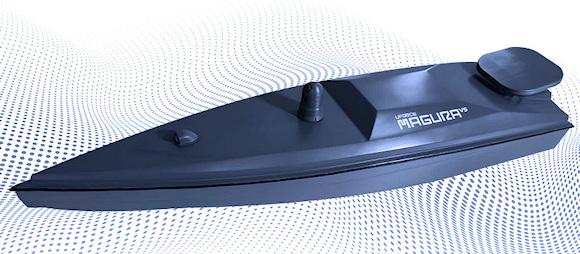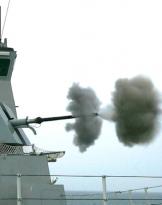In 1938 the Italian Royal Navy built tiny flat-bottomed motorboats (technically called MT or "Touring Motorboats") which carried an explosive charge of 300 kg of TNT on the bow which would have been activated by the impact against the enemy ship. Propelled by a powerful 2500 Alfa-Romeo engine, they were steered by a pilot seated on a board overboard at the stern who inserted his legs into two gaps at the sides of the engine.
These motorboats were initially built by the Baglietto shipyard in Varazze in November 1936 based on an idea by Duke Amedeo d'Aosta, at the time general of the Regia Aeronautica who thought of a combined action of seaplanes (SM 55) and small boats. The concept was then taken up by his brother Aimone Duke of Spoleto, admiral of the Royal Navy, who, with the frigate captains Giorgio Giorgis and Carlo Margottini, abandoning the idea of using planes, thought rather of their boarding on board destroyers.
Training on these vehicles began in the autumn of 1938 at the Balipedio Cottrau base, on the road to Portovenere (La Spezia), and the first experiment was carried out, again against the explorer RN Bedroomon November 13, 1940.
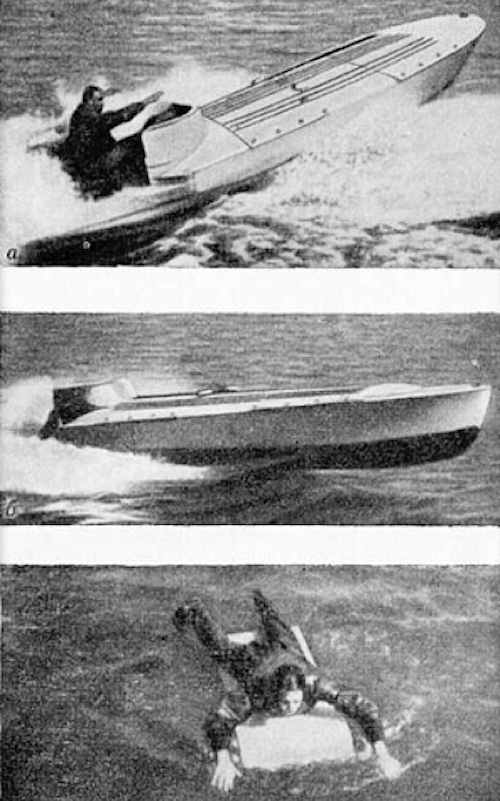
The concept of using MTs was innovative. Toschi wrote: "It is a matter of being able to enter, under cover of night and with the engine idling, an enemy port that is not too protected and controlled. Then, at the first light of dawn, from close range, to leave at full speed against the silhouette of the enemy ship. Once you have reached two hundred metres, take good aim, lock the steering wheel and throw yourself away, backwards, into the tumultuous maelstrom of the propeller. The impact against the hull will cause the sinking of the charge and its subsequent explosion on the six meters deep for maximum ballistic effect."
These weapons were also used after the war by the nascent Israeli navy (read articles "The secret relations between the Zionist groups and the Italian Royal Navy"), trained by veterans of the 10th MAS flotilla, successfully sinking the Egyptian flagship "Emir Farouk" and a minesweeper. This mission was strategically important because it freed the Israeli coasts from the pressure of the Egyptian Navy and allowed the army to conquer the Gaza Strip.
The idea, as often happens, was not abandoned and has recently made a comeback in different geographical areas: in the Gulf of Aden where similar means are used by Houthi, employing means derived (or perhaps supplied) by the Iranian Revolutionary Guard, and during the Russo-Ukrainian war where the Moscow fleet continues to be subjected to continuous attacks by autonomous surface vehicles in fact a technological evolution of the small boats invented by the Italian Navy almost a century ago.
The new Ukrainian surface naval drones
According to the authoritative expert HI Sutton, these would mostly be small surface drones (USV - unmanned surface vessel) made in the latest versions by transforming commercial hulls very similar to jet-propelled watercraft built by the sea-doo, a well-known Canadian company. This company is freely present on the market and offers a wide choice of products with electric but also petrol or diesel engines.
Some interesting features can be seen from the photos in the press: the hull is thin, apparently built in aluminium, with a shape that offers a low radar response; protrusions appear at the bow identifiable as impact fuzes similar to the Soviet-era FAB-500 family, still widely used today in former Soviet countries. Following the impact against the target, the detonator would activate the explosive charge contained in the front part of the vehicle. The explosion would therefore take place on the surface and not under the hull as for the Italian small boats of the last war.
Unlike the USVs used in Yemen by the Houthi and supplied to the Iranian forces (which maintain a piloting position on the vehicle, probably for the periods of transfer), the new Ukrainian vehicle is completely autonomous, i.e. it is always unmanned.
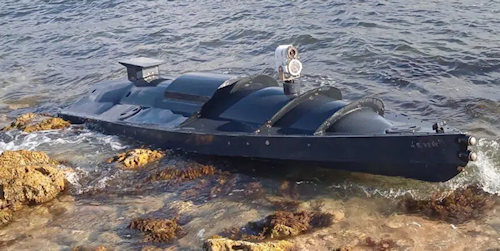 A rapid evolution
A rapid evolution
When a first model of Ukrainian USV was found stranded at the end of last September, its danger was perhaps underestimated by the Russian navy… a big mistake which involved the well-known naval misadventures of the Russian units who holed up in the port of Sevastopol, Crimea, limiting themselves to launching their deadly missiles from the berths. The fear of new attacks led to a strengthening of the defenses using an arm of the port to control access with all possible systems, including a detachment of beluga dolphins.
In fact, on October 29, the Ukrainian navy used these vessels together with aerial drones to attack Sevastopol and hit the frigate Admiral Makarov and the minesweeper Ivan Golubets. The attacks were systematically repeated and on July 16, 2023 Ukraine again attacked the main Russian naval base of Sevastopol in Crimea and the important Kerch bridge, which, as you will remember, strategically connects Crimea to the territory conquered by the Russians.
Were they the same vehicles?
According to HI Hutton, from the analysis of the video footage (Russian sources) the USVs involved in the July 16 attack appear to be different from the previous ones, in fact an evolution compared to the first 2022 models, and show a hull similar to that of a commercial jet ski that has had unnecessary items (seats, handlebars) removed. In some images we notice an aft container which could be an additional tank to increase its autonomy or perhaps an additional explosive charge, perhaps to cause a secondary explosion.
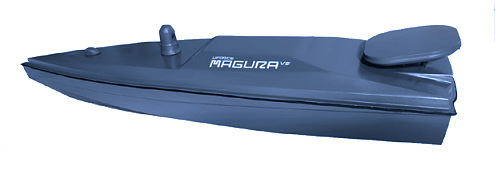 In reality, this new model, presented as MAGURA V5, seems to have been designed following two main factors rather than an evolution of the previous weapon system: the greater availability of this type of vehicle (being commercial) and their lower cost (around 250.0000 euros). An interesting solution as the excellent declared performance, the hidden insidiousness and …. the apparent current inability to effectively stop them today makes them a new nightmare for the Russian Black Sea Fleet.
In reality, this new model, presented as MAGURA V5, seems to have been designed following two main factors rather than an evolution of the previous weapon system: the greater availability of this type of vehicle (being commercial) and their lower cost (around 250.0000 euros). An interesting solution as the excellent declared performance, the hidden insidiousness and …. the apparent current inability to effectively stop them today makes them a new nightmare for the Russian Black Sea Fleet.
il Magura V5 is a maritime drone (USV) manufactured by SpetsTechnoExport (STE), a state-owned foreign trade enterprise headquartered in Kyiv (Ukraine), specializing in the export and import of military and dual-purpose service products (dual use)
Magura V5 specifications
- Length: 5,5 meters - Width: 1,5 meters
- Height above the waterline: 0,5 metres
- Speed: 22 knots cruising, 42 knots max
- Range: 450 nautical miles (about 833 km)
- Payload: 320 kg
- Communication: Mesh radio with antenna repeater or satellite communication.
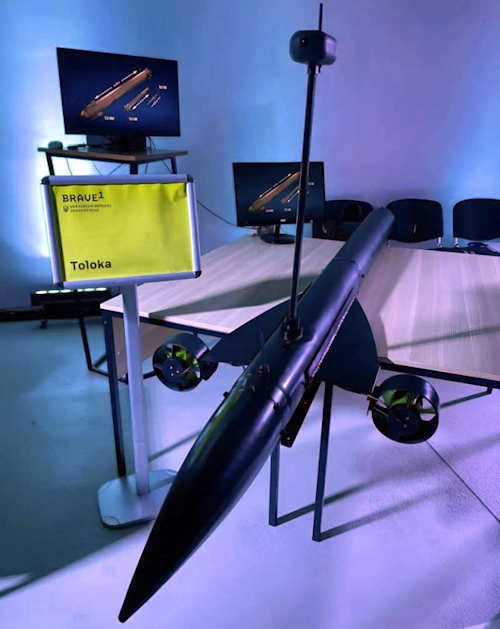 Not just surface drones
Not just surface drones
The TLK-150 was also recently presented by the Ukrainian industry Toloka, a one-shot (i.e. non-reusable) unmanned underwater craft (UUV) developed by the Brave1, a Ukrainian technological development cluster in the field of defense.
Il Toloka 150 of Brave1 it is a "medium" sized underwater vehicle that can have a length of 4 to 6 m. According to the manufacturer, it will be able to carry warheads weighing up to 500 kg. According to the online magazine Topwar.ru its performance is not clear but the propulsion should be hybrid electric.
Information about this new project, although already presented in the international market, is still very limited and the device itself is still in the prototype stage. This underwater drone is smaller in size than previous generations of Ukrainian naval kamikaze drones already used against Russian ships in Crimean ports and it would appear that it could have a variant to be able to conduct non-destructive missions such as locating enemy units at sea, gathering sensitive intelligence or detect minefields. In practice, a means capable of carrying out very discreet intelligence searches. For now, therefore, it seems only a prototype whose insidiousness is far from ascertained but it is curious that it has already been presented before its real use.
In this tragic war, which appears to be endless, autonomous vehicles are therefore becoming an increasingly important complement to the conflict. In fact, while applying an operational concept of the last century, they have shown that they are capable of being able to perpetuate deadly attacks against Russian forces within their well-equipped bases.
What will be their weight in this new phase of the conflict, also aggravated by international tensions for the exploitation of humanitarian and grain transport routes? A far from obvious question to which only evolution in the coming months will be able to answer.
Photo: web / Marina Militare / Brave1
(article originally published on https://www.ocean4future.org)

